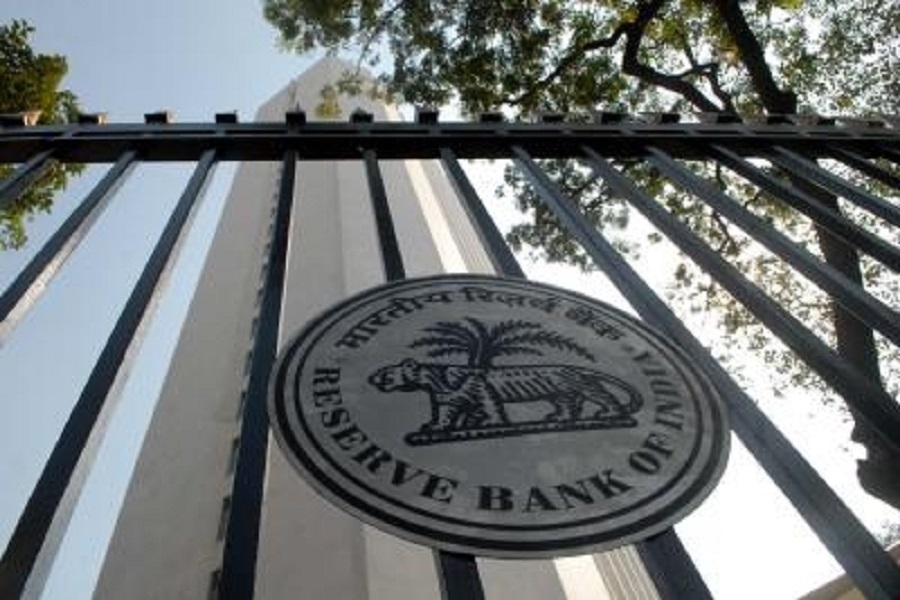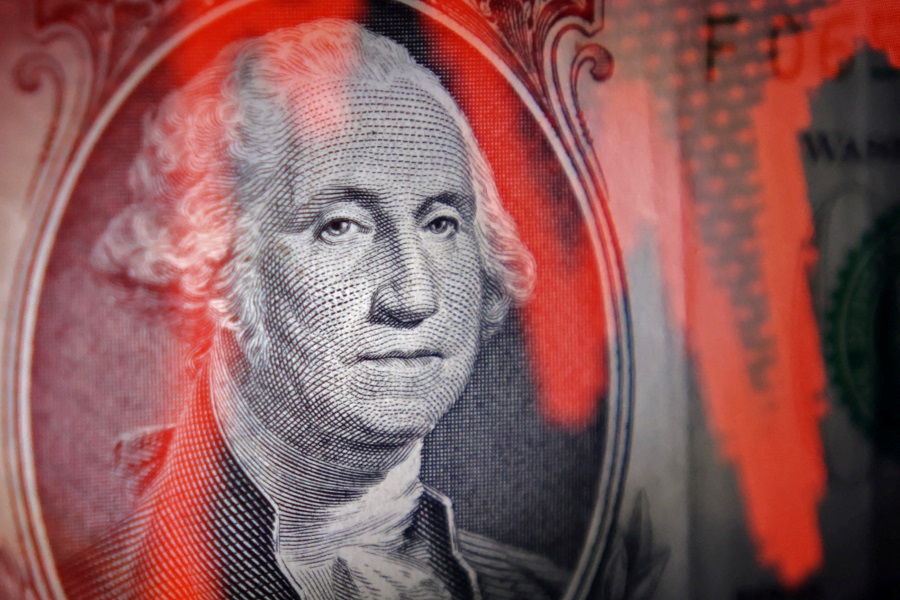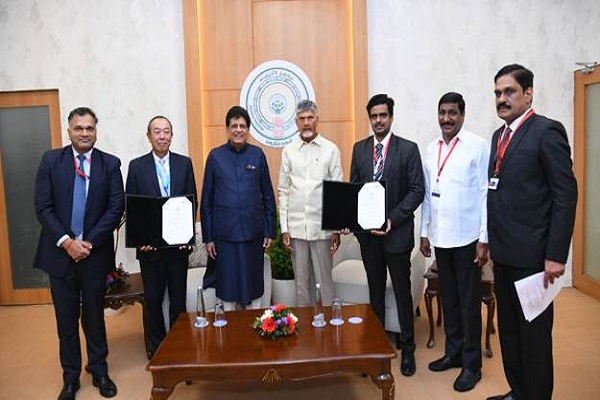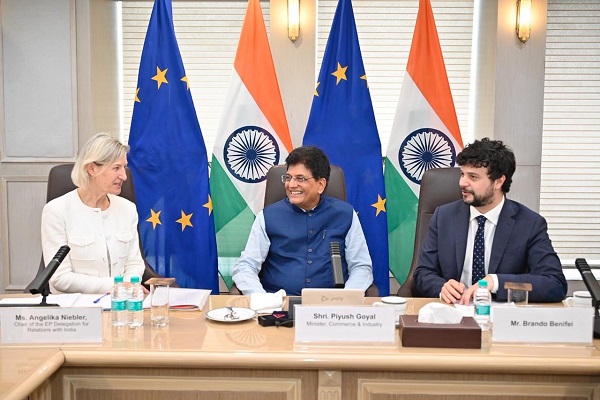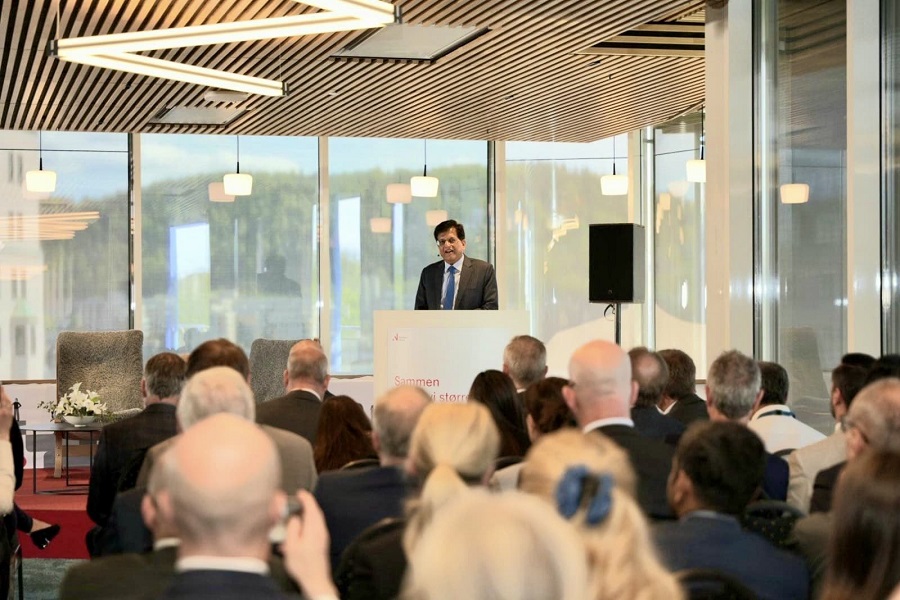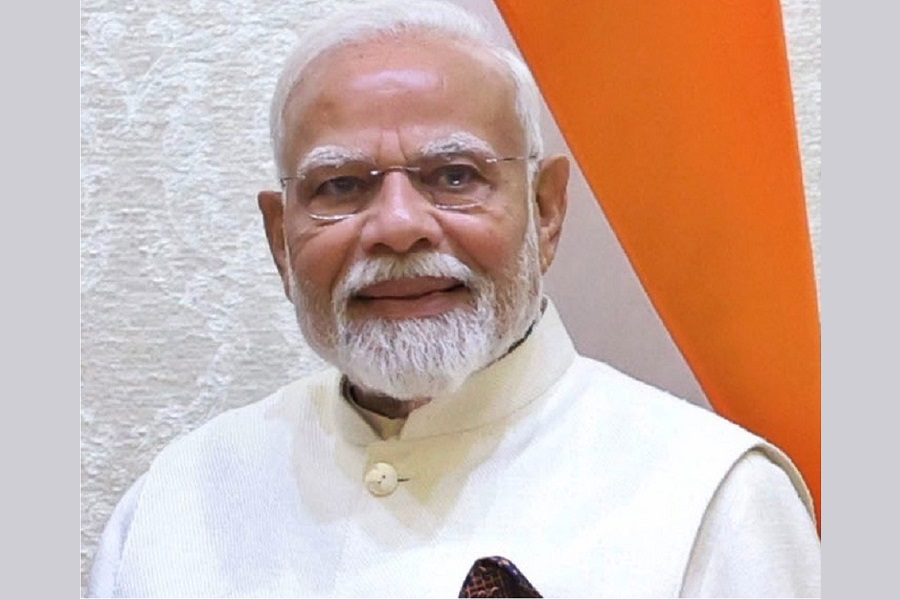Indian economy to excel despite US tariffs, trade deal expected by October

A lot is being speculated since US President Donald Trump announced levying of 25 per cent tariff on exports from India. Meanwhile, India has withstood pressure to open up its markets, keeping in mind the interests of farmers, MSMEs, and cheap energy needs, a report said on Friday.
"As the sanctions are stipulated to be implemented from August 1, India continues to engage with the American counterparts to iron out a trade deal," Ventura said in its report.
Negotiations are expected to resume in mid-August, and the deal is likely to be clinched by October.
"In this case, the pain would be relatively short-term with an improved trade trajectory," the report stated.
Close on the heels of the sanctions on Indo-Russian oil refining and marketing company Nayara, the US' 25 per cent tariffs and yet unquantified penalties for India’s continuing purchases of Russian crude and military hardware, have the potential to disrupt exports and impact the economy. However, unlike other countries which have yielded to President Trump’s diktats, India has withstood pressure to open its markets, keeping in mind the nationalistic interest of farmers, MSMEs, and cheap energy needs, as per the report.
Even with 25 per cent tariffs, India is still competitive considering that peers like Vietnam and China face much higher tariffs of 46 per cent and 54 per cent respectively.
While export volumes are bound to be impacted, India can cushion much of the impact by leveraging the recently-concluded FTAs with Australia, UAE, EFTA, ASEAN, and SAARC countries, the report said.
The tariffs exclude pharmaceuticals, energy products, and certain electronic devices, as per the initial April declaration, which is a relief for India while negotiations are going on.
Even in the pessimistic scenario, economists do not expect more than a 0.5 per cent impact on India’s GDP, the report said.
During past disruptive events like the sanctions imposed on India for its Pokhran Nuclear tests (May 1998), the Global financial crisis of 2008, and COVID-19, India has always re-emerged as a stronger economy with equity markets achieving record highs.
Additionally, after the Russia-Ukraine war, India has diversified its oil imports beyond its traditional suppliers from 27 countries pre-war to 40 countries at present.
Likewise, there is no reason why India cannot successfully steer its exports away from the US to the rest of the world.
The recently-signed FTAs and India’s strong standing with its geopolitical diplomacy provide it with an opportunity to tap into newer markets, the report said.




.jpg)



